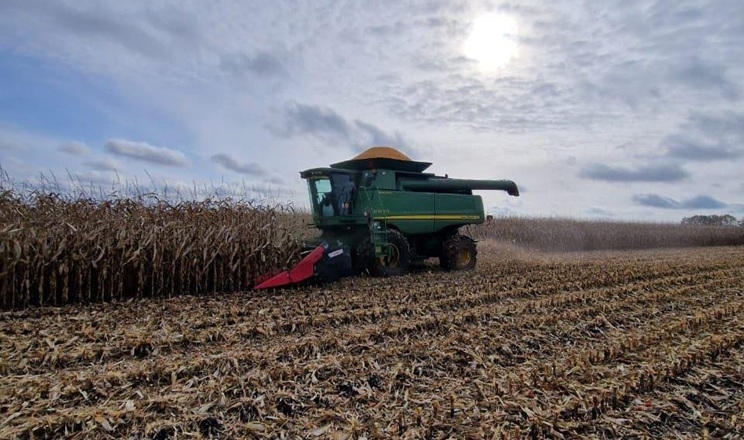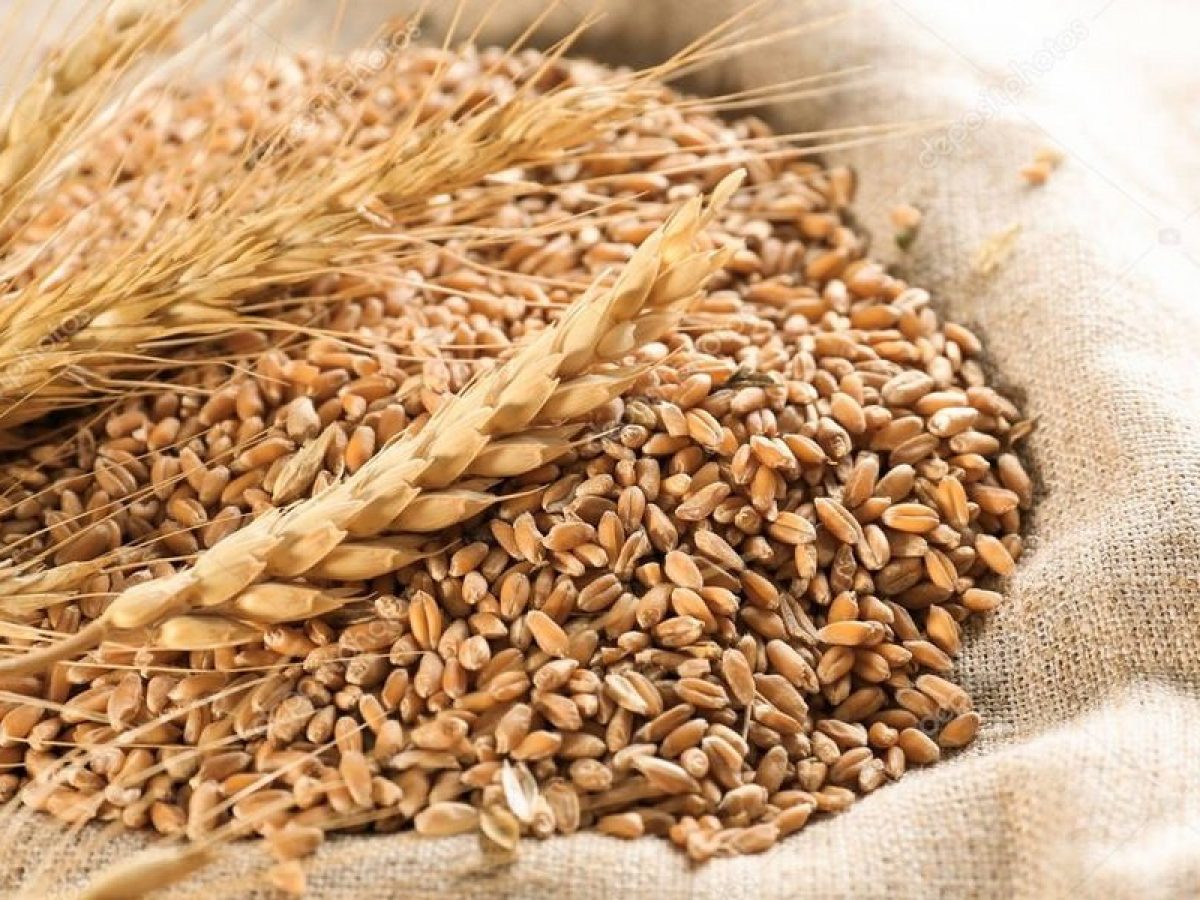Grain Market News
from
to

Merry Christmas and Happy New Year! UkrAgroConsult work schedule

Grain exports from Ukraine exceeded 14.5 mln tons

Official Release – December 17th! Crop & Price Navigator 2026/27

Australian wheat challenges US for top spot in South Korea’s milling imports

Ukraine completed the harvest in 2025

Bangladesh to increase wheat imports to 6.7 mln tons

China plans to increase grain production capacity by 50 mln tons

EU grain harvest in 2026 will be lower than the current one

Logistical problems limit grain and sunflower oil exports from Ukraine

Russia doubles grain export quota for 2026

UkrAgroConsult
Kazakhstan. 2024/25 season and MY 2025/26 outlook

Pakistan flour millers demand immediate release of wheat stocks
Write to us
Our manager will contact you soon



